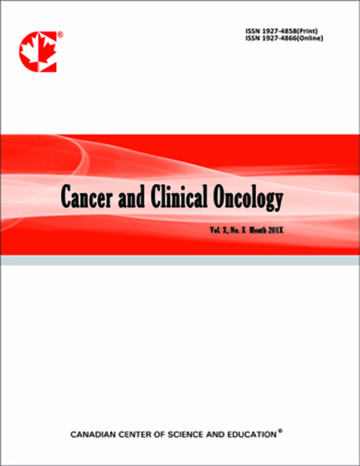Panoramic Radiobiological Modelling of the Contribution of Concomitant Chemotherapy to Biological Effective Dose in Squamous Cell Carcinoma
- Laura Pettit
- S. Meade
- P. Sanghera
- J. Glaholm
- R. M. Wyatt
- A. Hartley
Abstract
Objective: Attempts have been made to model the contribution of concomitant chemotherapy to radiotherapy in terms of biological effective dose (BED) for the major squamous cell carcinoma (SCC) sub-sites. Despite SCC’s sharing common aetiology, different concomitant chemoradiotherapy regimens are used in clinical practice. This study aims to compare the contribution of chemotherapy to radiotherapy in terms of BED across the major SCC sub-sites using two different radiobiological models; the intuitive and Poisson methods for its calculation.
Methods: Phase 3 trials of radiotherapy versus chemoradiotherapy using conventional fractionation in SCC of the head and neck, lung, cervix, oesophagus and anus were identified. The contribution of chemotherapy (tBEDc) was modeled using both the intuitive and the Poisson model to give a weighted BED in Gray.
Results: Weighted tBEDc using the intuitive model were 8.6 Gy10 for head and neck, 6.3 Gy10 for lung, 6.3 Gy10 for cervix and 7.8 Gy10 for anus. The weighted tBEDc using the Poisson model were 1.8 Gy10 for head and neck, 0.9 Gy10 for cervix and 2.1 Gy10 for anus.
Conclusion: There is a striking similarity for the value of tBEDc across SCC sub-sites within both models. In head and neck cancer tBEDc derived from the Poisson model is not associated with the same biological effect as the same BED administered as radiotherapy alone. Therefore at this sub-site, where there is good data on radiotherapy dose response in the curative dose range, the Poisson model may be of limited value. However, it may be preferred for sub-sites where such data is lacking.
- Full Text:
 PDF
PDF
- DOI:10.5539/cco.v3n1p1
Journal Metrics
Google-based Impact Factor (2018): 3.94
h-index (August 2018): 8
i10-index (August 2018): 6
h5-index (August 2018): N/A
h5-median(August 2018): N/A
(The data was calculated based on Google Scholar Citations. Click Here to Learn More. )
Index
Contact
- Lexie GreyEditorial Assistant
- cco@ccsenet.org
